Why Bullet Points Are Killing Your Presentation
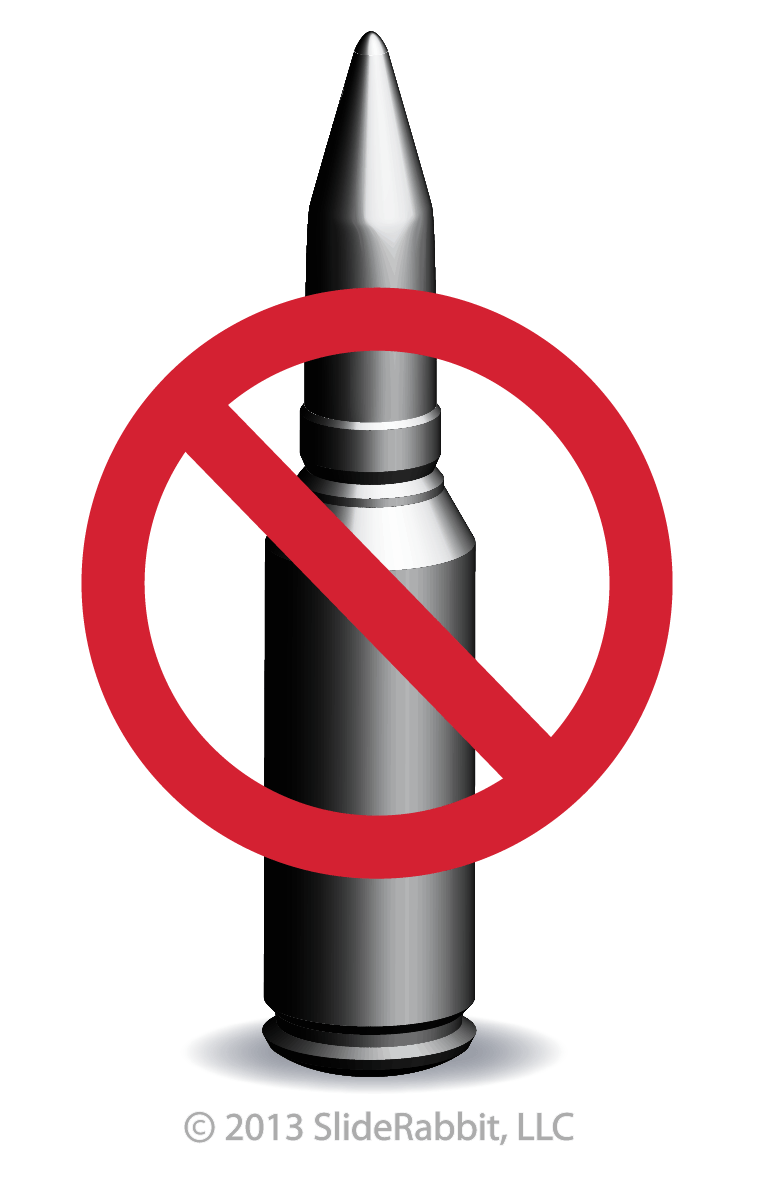
One of the cardinal sins of presenting is also one of the most (mis)used presentation strategies. Say it with me now, “Bullet Note Script.”
We’ve all suffered through one of these – the presenter has somehow confused the purpose of his slides and that of his notecards, and suddenly we are forced to read the exact words coming out of his mouth. This sensory stereo effect causes glossy eyes and wandering thoughts.
But why? Shouldn’t giving the audience the same information in as many ways as possible maximize their retention?
The reason lies in how the brain processes the information it receives. Incoming information is processed in one of two major places: the auditory cortex and the visual cortex.
The auditory cortex processes language, both spoken and written, while the visual cortex processes images. Although the visual cortex is perfunctorily involved in the processing of the letters into words, during a bullet note presentation it is largely lying dormant while the auditory cortex is being overloaded.
Now instead of appealing to two centers of processing in the brain, the presenter is not reaching either one effectively. Using slides as true visual aids, images that accompany audible language, better pings both processing cortices.
Take the below examples. The first is a typical bullet point slide. There are several things wrong with slides of this nature, though I’ve seen them used by some of the best corporate lawyers around. Full sentences, colloquialisms, small text, LOTS of text, redundant information. Mind-numbing.
Here’s a slightly improved version. Sentences have been shorted into true bullet points. An appropriate image accompanies the text. The slide is now more visually interesting and demands less attention from the auditory cortex’s language processing systems.
A further improved version becomes a true “aid” in that it supports the speaker’s words and arguments, rather than repeating them. This slide speaks directly to the visual cortex and frees up the auditory cortex to focus on the speaker.
It is widely accepted that presenting information both visually and audibly drastically increases attention, persuasion and retention. The bullet note script presentation is the exception to the rule. Avoid bombarding the auditory cortex with simultaneous audible and written language and engage the visual cortex with succinct, high quality graphics in order to best engage your audience.


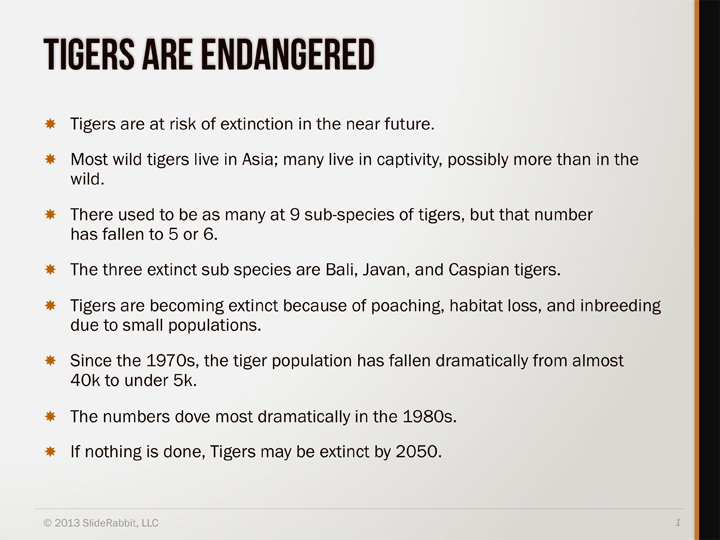
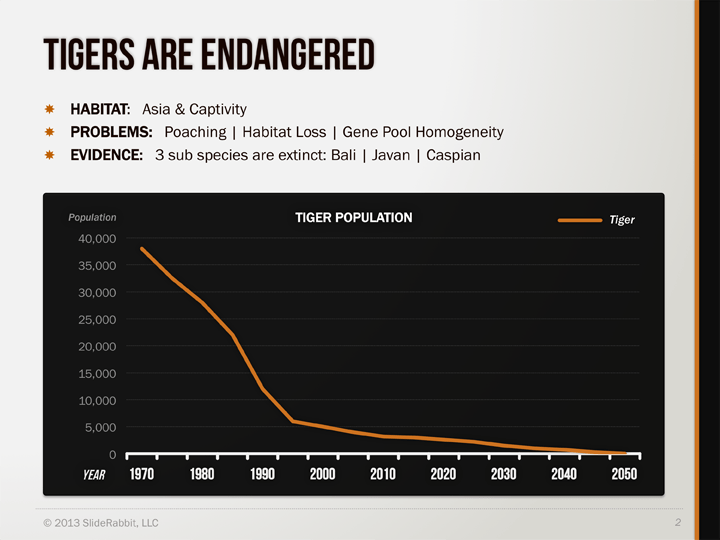
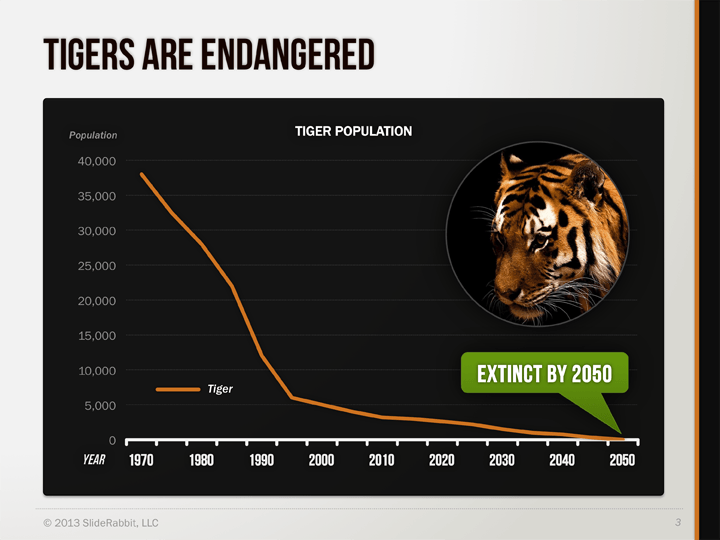


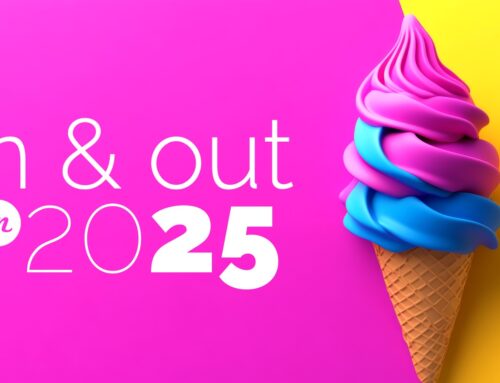

Leave A Comment
You must be logged in to post a comment.